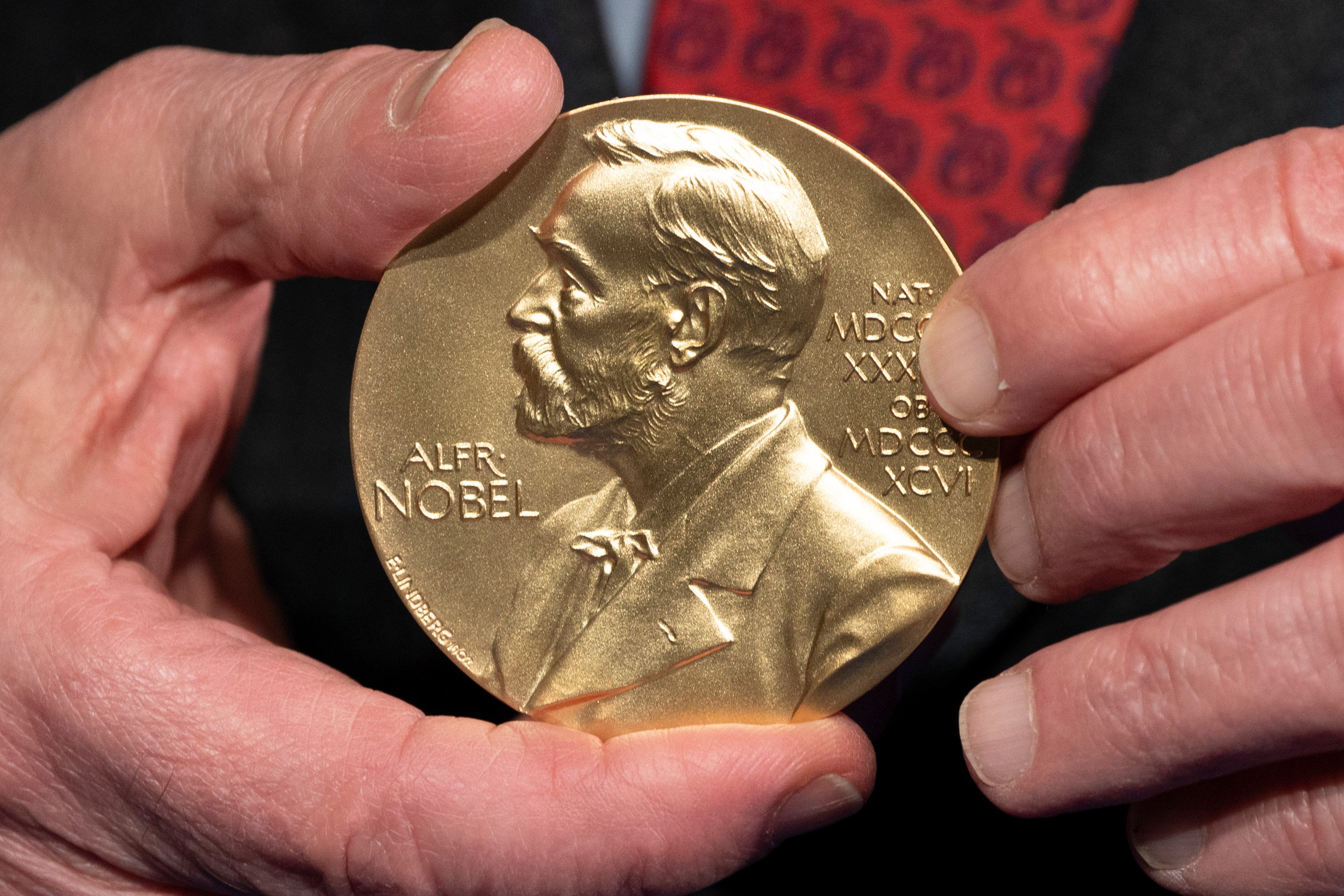Chemistry Nobel Prize Awarded to Trio for Groundbreaking Work in Molecular Frameworks
Metal-organic frameworks open new paths for clean energy, water harvesting, and environmental protection
Chemistry Nobel Prize awarded to trio in 2025 for their revolutionary work in the development of metal-organic frameworks (MOFs), a new class of materials with the ability to capture gases and store molecules inside tiny spaces. This year’s award goes to Susumu Kitagawa from Kyoto University, Richard Robson from the University of Melbourne, and Omar M. Yaghi from the University of California, Berkeley. Their discoveries, made over decades and through separate paths, have transformed how scientists think about molecular construction and material design
MOFs are a type of crystalline material built from metal ions connected by organic molecules. What makes them exceptional is the enormous amount of empty space inside their structures, despite appearing compact from the outside. These internal cavities allow MOFs to absorb and store gases, including carbon dioxide and water vapor, and offer vast potential for environmental and industrial applications.
The roots of this scientific achievement date back to 1989 when Richard Robson began combining copper ions with four-armed molecules that could attach themselves to the metal at each arm. This arrangement formed a crystal with internal gaps, but it lacked stability. The crystal structure would collapse easily, making it impractical for real-world use. That’s where Susumu Kitagawa and Omar Yaghi entered the picture in the early 1990s and beyond.
Kitagawa introduced flexibility to these frameworks, allowing the structure to bend and adapt without breaking. Meanwhile, Yaghi focused on how to design MOFs rationally choosing building blocks carefully to create stable and functional frameworks. His work helped lay the foundation for what’s now a rapidly growing field in chemistry and materials science.


These advances are not just scientific curiosities. The materials developed by the trio have opened real-world possibilities. MOFs can extract water from dry desert air, trap toxic chemicals, break down environmental pollutants, and even help reduce atmospheric carbon levels a major contributor to climate change.
According to the Nobel Committee, the scale of possibilities offered by metal-organic frameworks is immense. The frameworks can be tailored for specific uses by adjusting their internal structure, much like customizing the layout of a building based on its purpose. This gives scientists the power to design materials with functions that were previously unimaginable.
Committee member Olof Ramström likened the material to a magic handbag small on the outside but holding a surprisingly large amount inside. The metaphor highlights the extraordinary space within these molecular structures, which is the key to their wide range of uses.
The 2025 Chemistry Nobel Prize adds to a long list of breakthroughs that have changed the modern world. It recognizes not only years of dedicated research but also the kind of innovation that turns simple ideas into powerful tools for the future. From clean energy solutions to next-generation drug delivery systems, the impact of MOFs continues to expand across many industries.
The prize announcement follows a tradition of honoring discoveries that shape our understanding of the natural world and offer solutions to real problems. It was awarded alongside other Nobel Prizes in medicine and physics earlier in the week. The Nobel season continues with awards in literature, peace, and economics in the days ahead.
The formal award ceremony will take place on December 10 in Stockholm, Sweden, commemorating the anniversary of the death of Alfred Nobel, the inventor of dynamite and founder of the Nobel Prizes. Also Read” NASA Voyager 1 is 47-Year Journey Powered by Ancient Technology“
Conclusion:
The Chemistry Nobel Prize awarded to trio in 2025 celebrates a breakthrough that blends deep scientific curiosity with practical impact. Their work on metal-organic frameworks has not only pushed the boundaries of molecular chemistry but also laid the groundwork for technologies that may shape a cleaner, more sustainable world.

